Architecture
The archaeological site of Al-Hijr
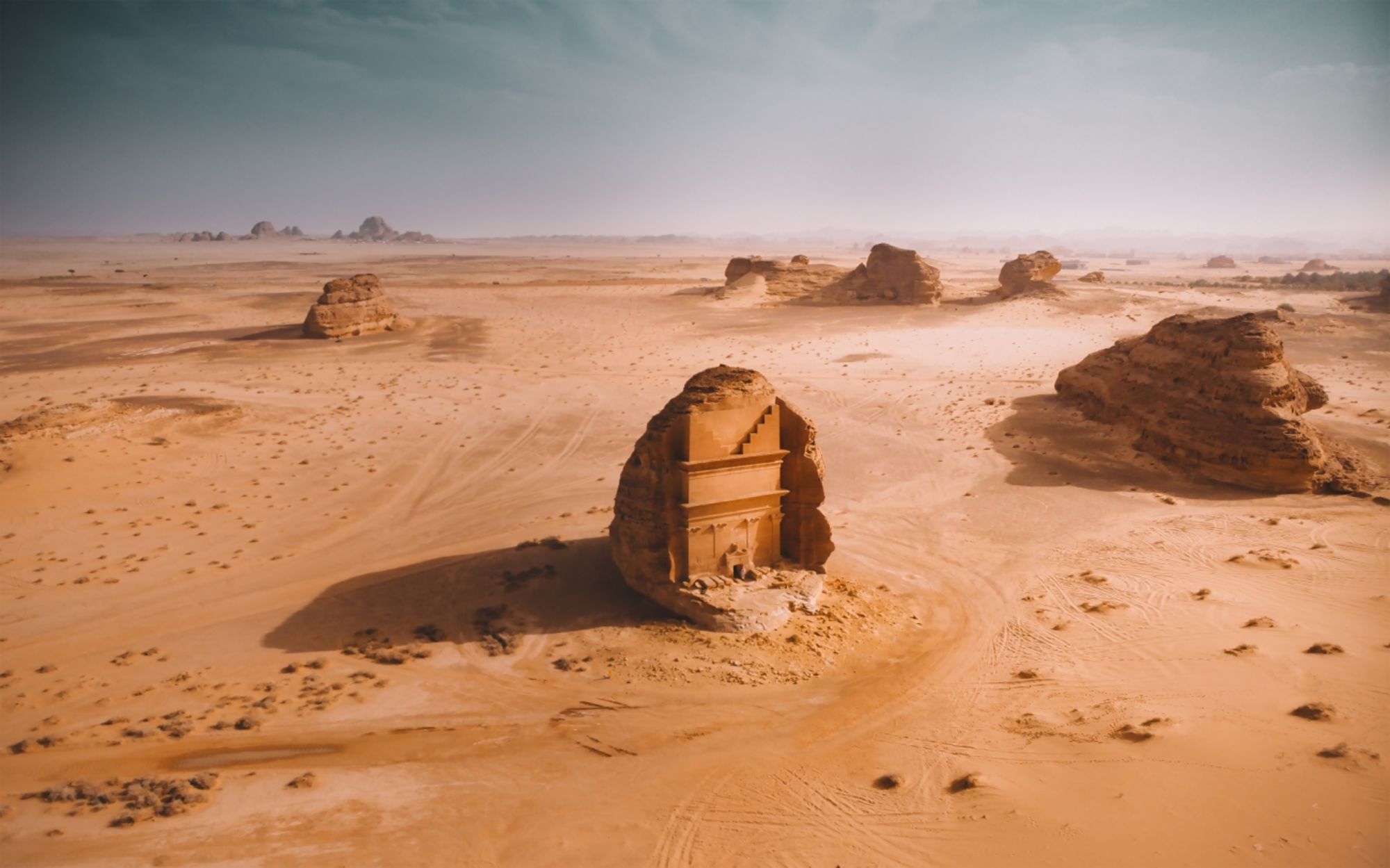
Saudi Arabia is home to a large number of extremely well-preserved archaeological sites.
Image courtesy of: Most Beautiful Spots, photographed by: Gabriel Scanu
The fact that Al-Hijr has remained amazingly well-preserved is important in that it enables us to better understand the Nabatean civilization that dates back to the 1st-century BC. The site contains 111 monumental tombs, 94 of which are ornately decorated… these are excellent samples of the Nabataeans’ architectural accomplishments.
Additional features unique to the site are the water wells which point to the civilization’s amazing hydraulic expertise. The sophisticated water management system was constructed to properly preserve the desert’s scarce water resources.
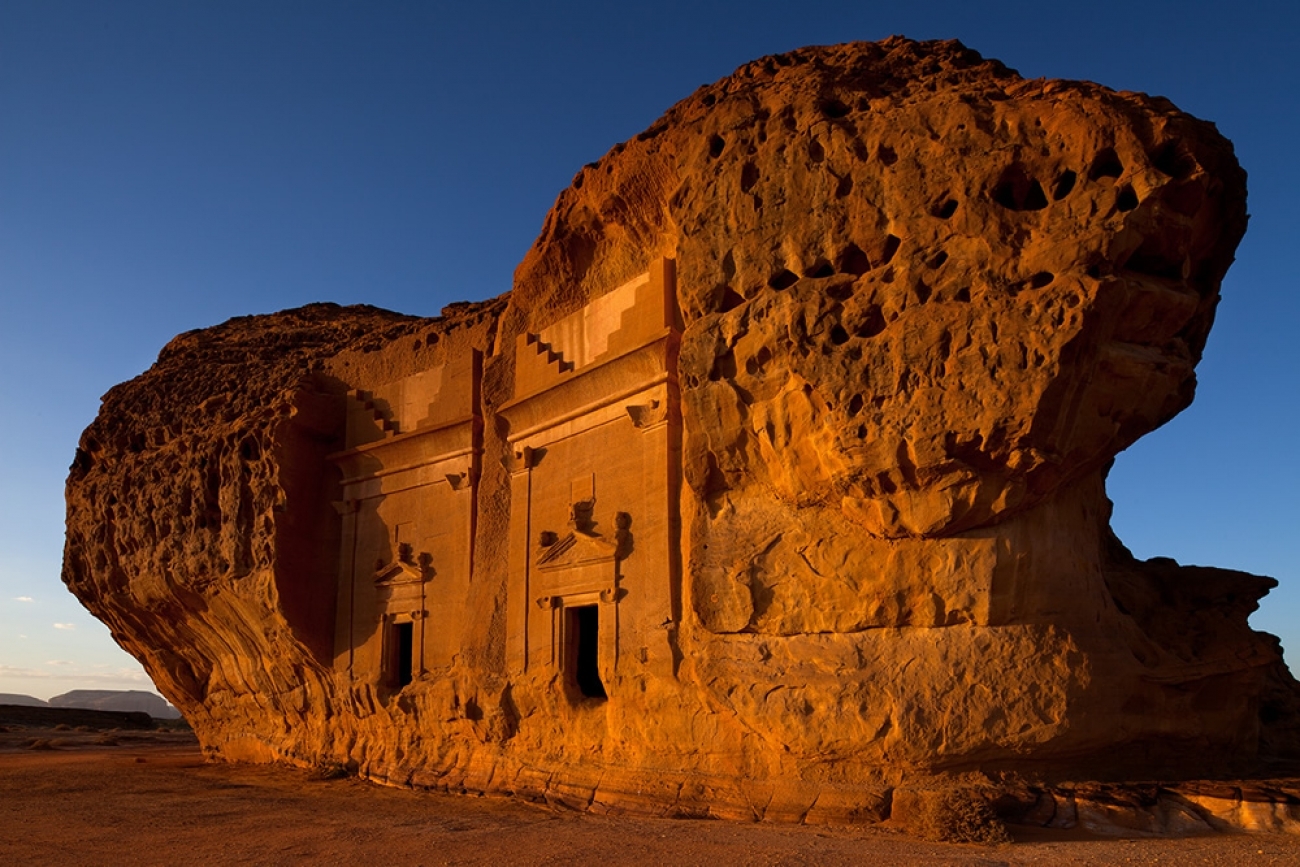
Al-Hijr was previously known as Hegra.
Image courtesy of: Most Beautiful Spots, photographed by: Gabriel Scanu
Al-Hijr is the first World Heritage property to be inscribed in Saudi Arabia. A description form a UNESCO representative, “The archaeological site of Al-Hijr (also known as Madâin Sâlih or Mada’in Saleh) is the first World Heritage property to be inscribed in Saudi Arabia. Formerly known as Hegra it is the largest conserved site of the civilization of the Nabataeans south of Petra in Jordan (we have to publish an article about this particular place). It features well-preserved monumental tombs with decorated facades dating from the 1st century BC to the 1st century AD. The site also features some 50 inscriptions of the pre-Nabataean period and some cave drawings. Al-Hijr bears a unique testimony to Nabataean civilization. With its 111 monumental tombs, 94 of which are decorated, and water wells, the site is an outstanding example of the Nabataeans’ architectural accomplishment and hydraulic expertise.”
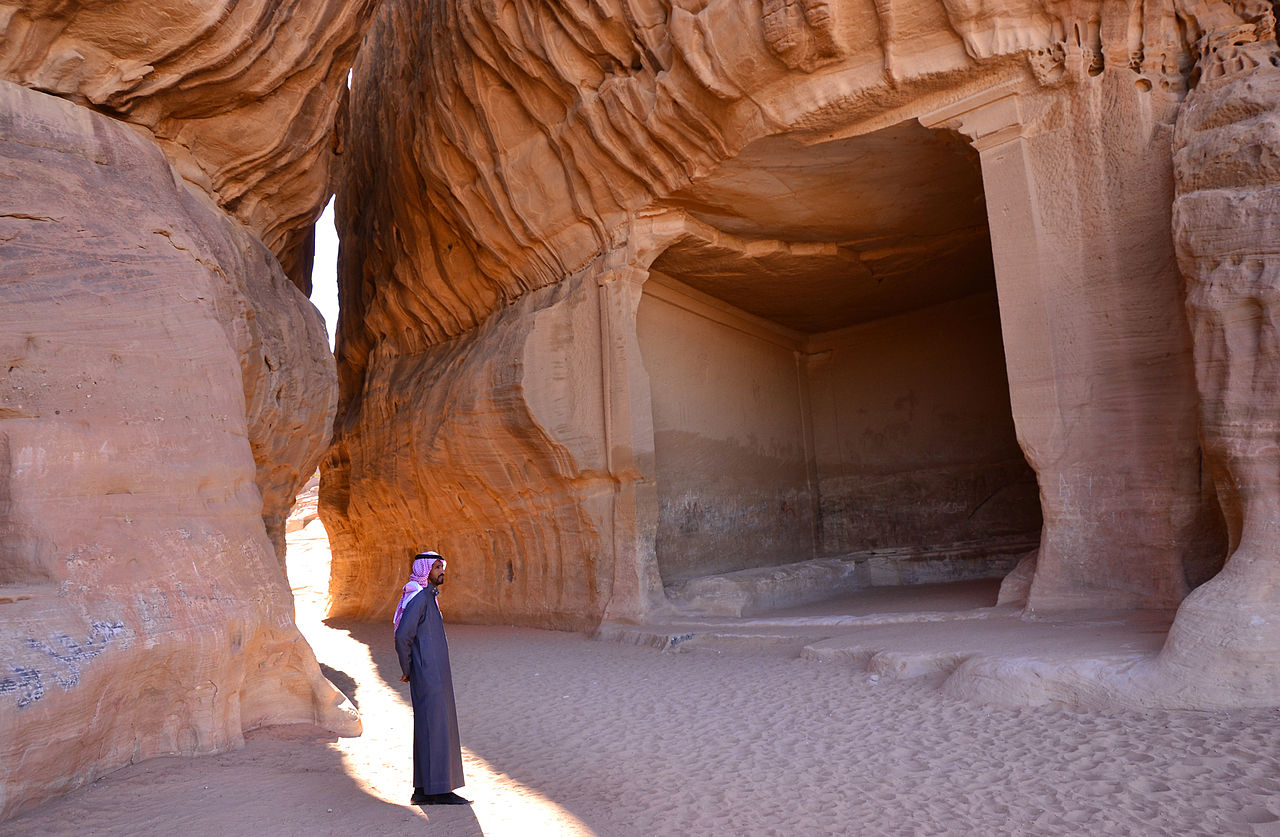
The area of Al-Diwan.
Al-Hijr maintains evidence pointing to the international caravan trade that occurred during this time in late Antiquity.
Image courtesy of: All About World Heritage Sites, photographed by: Sammy Six
Most of us are familiar with Petra, the stunning site of the Nabataean civilization in Jordan. For years, this has been a tourist attraction with the numerous tombs and temples carved into pink sandstone cliffs. In more recent times, Petra became known as the “Rose City” or “The Lost City.”
Al-Hijr is just as marvelous, however given its location… certainly not nearly as accessible. The Nabatean Kingdom was known to have ruled over what is now Egypt, parts of Syria, Jordan, and northwest Saudi Arabia. Specifically this site bears witness to the civilization’s expertise in trade, construction, hydraulic engineering, and the arts.
The ruins show the development of Nabataean agriculture techniques using large numbers of artificial wells dug into the rocky ground. Interestingly, these wells are still usable.
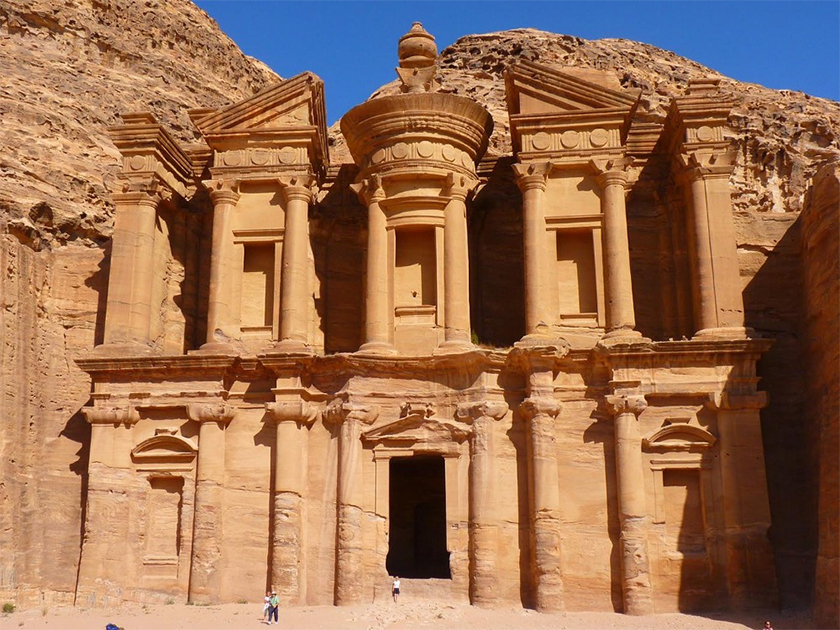
The Quran states that the area called Al-Hijr was inhabited by the Thamud people. History books, however, mention being inhabited by the Nabataean people. What is unclear though, is whether or not Thamud a part of the Nabataean civilization or not.
Image courtesy of: Iqra Sense
Al-Hijr’s location is on a trade route between the Arabian Peninsula, the Mediterranean world, and Asia. Thus, the melding of ideas and cultural exchanges in architecture, language use, and decoration occurred. At the crossroad of commerce, the kingdom held a monopoly for the trade of spices and incense. The civilization continued to flourish until the trade route shifted the route to the Red Sea.
The preserved remnants bear witness to Assyrian, Egyptian, Phoenician, and Hellenistic influences. In addition, several languages such as Greek, Latin, Thamudic, Nabataean, and Lihyanite were present, as evident from the preserved carvings.
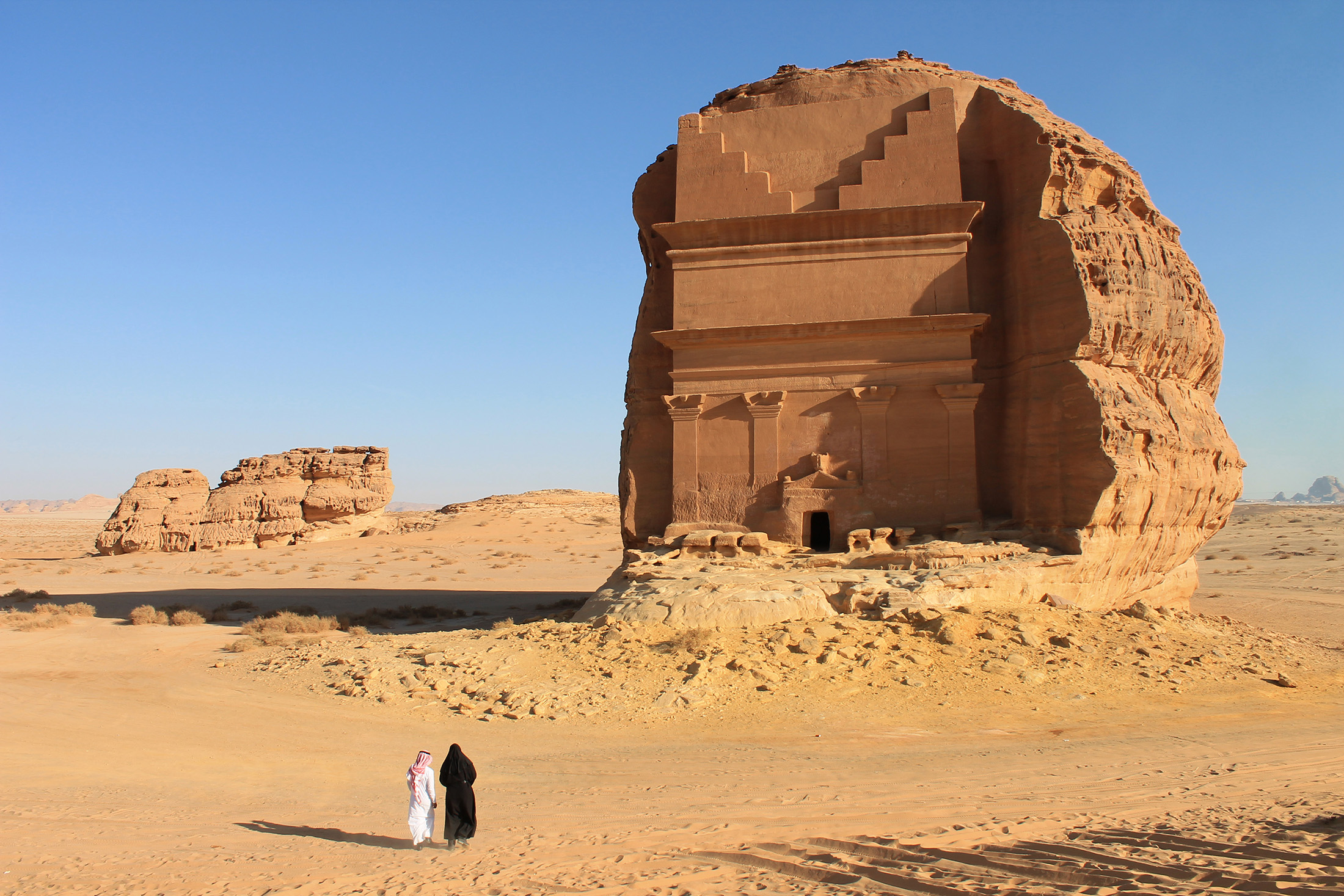
The Nabataean civilization collapsed at the hands of the Roman Empire in 106 AD.
Image courtesy of: My Daily Deen
Similar to Petra, Al-Hijr is a fascinating illustration of the Nabataeans’ architectural style of monuments being directly cut and carved into the rock, with facades bearing decorative motifs.
Interestingly, towards the end of the 1960s, the Saudi Arabian government devised a program to introduce a “sedentary lifestyle” to the local Bedouin tribes in the area. The proposal was that they settle down and reinhabit Al Hijr… making use of the existing wells and agricultural features. However, the 1972 formal announcement of Al-Hijr as an archaeological site led to resettle the Bedouins beyond the site’s official boundary. Probably for the best, Al-Hijr remains extremely preserved.

